

Tim Phillips
I love sharing my journey from being hopeless, to getting sober, to learning how to eventually be both sober and happy. to learning how to eventually be both sober and happy.

Relapse often feels like it comes out of nowhere, but in reality, it rarely does. Subtle warning signs typically appear well before someone returns to drinking or using. The key to staying sober is recognizing these signs early and taking proactive steps to address them.
I asked our Sober and Happy Community what they thought were the biggest relapse warning signs. This blog explores the top 7 relapse warning signs from that poll and offers guidance on what to do when you spot them.
Relapse isn’t a sudden event; it’s often the result of a series of warning signs that go unnoticed or unaddressed. By staying aware of these signs—like isolation, anger, or romanticizing the past—and taking deliberate steps to address them, you can protect your sobriety. Recovery is a continuous journey, and staying proactive is essential to maintaining the life you’ve worked so hard to build.
If you see yourself in any of these warning signs, don’t wait. Take an active step today—reach out to your support group, revisit your recovery plan, or seek help from a trusted source.
For more in-depth discussions and solutions, explore this weeks episodes of the Sober and Happy Podcast.

I love sharing my journey from being hopeless, to getting sober, to learning how to eventually be both sober and happy. to learning how to eventually be both sober and happy.




Join our mailing list to receive the latest news and updates from our team.
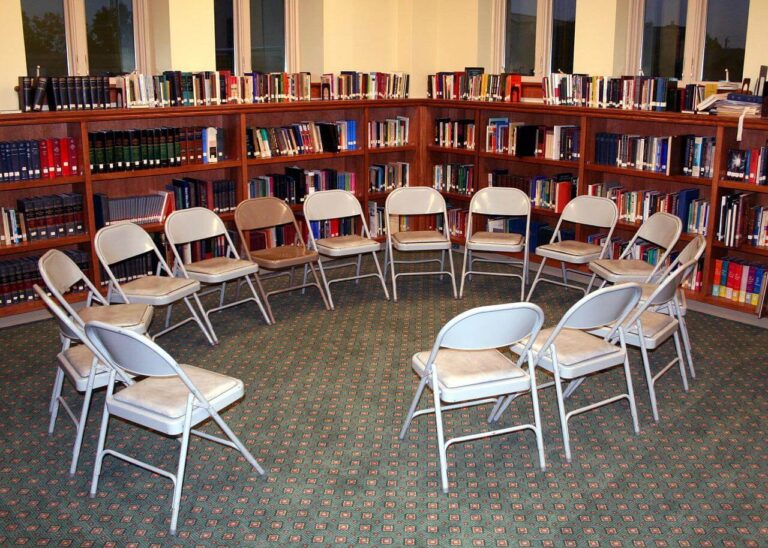
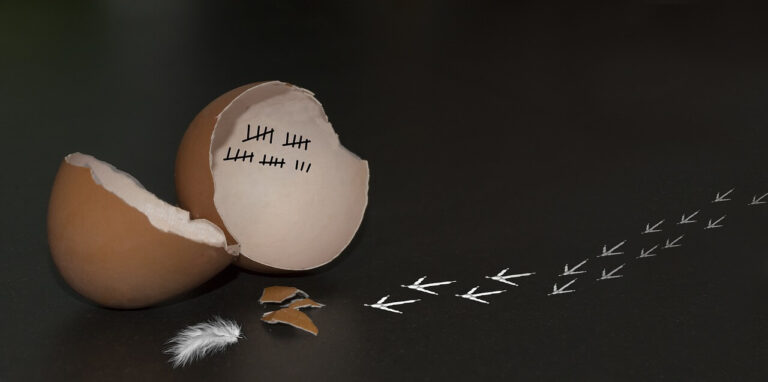
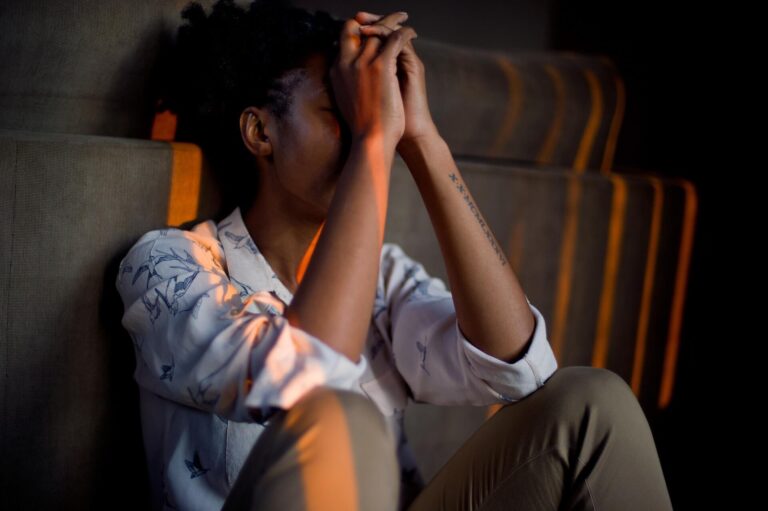
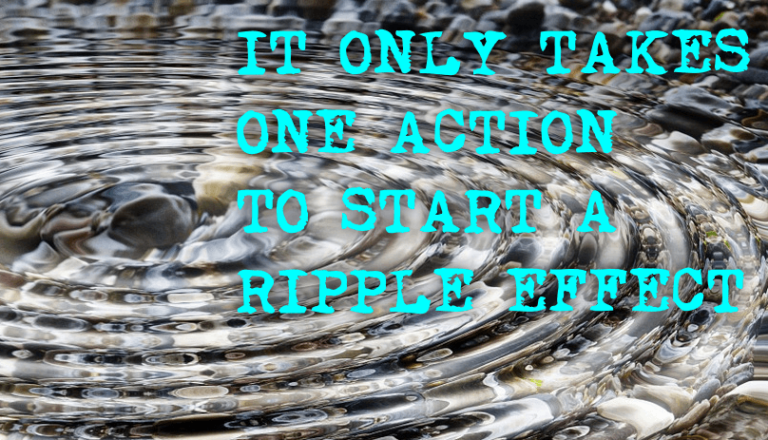
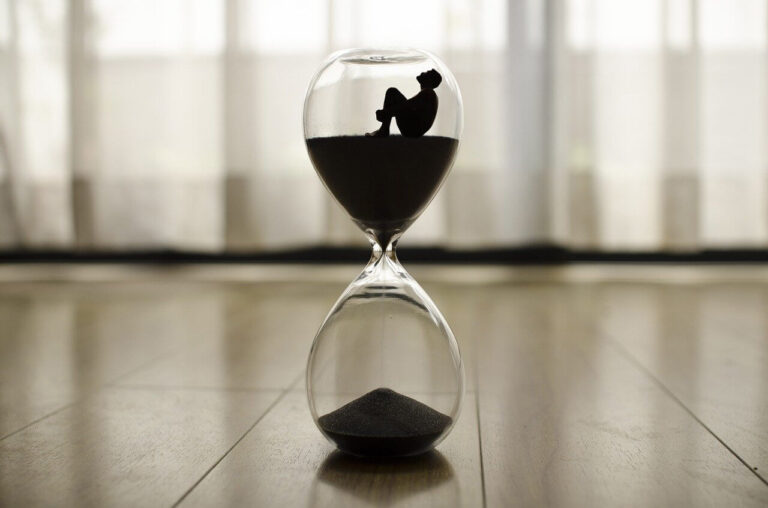
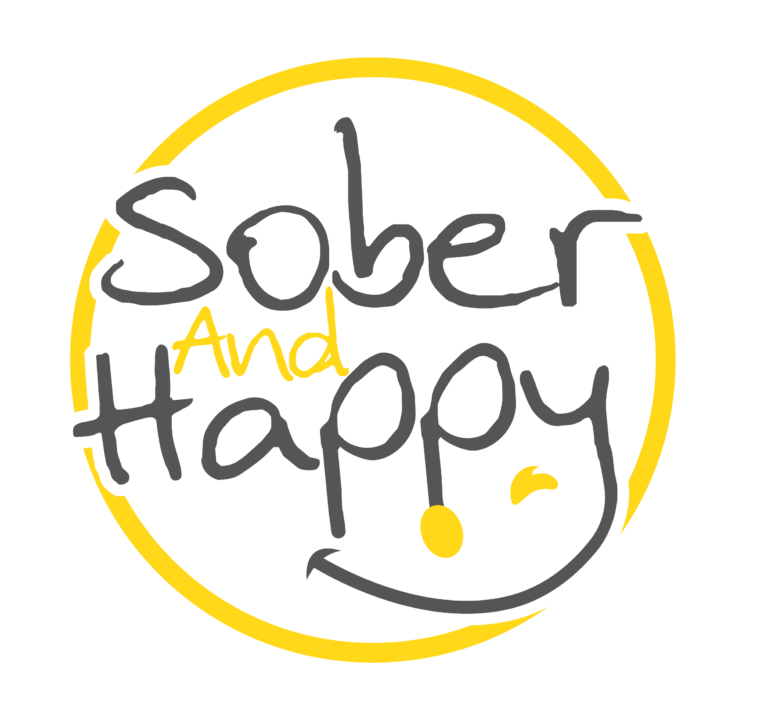
Copyright © 2023 by Sober and Happy. All rights reserved.
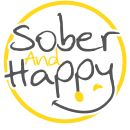
Join our mailing list to receive the latest news and updates from our team.